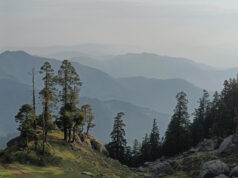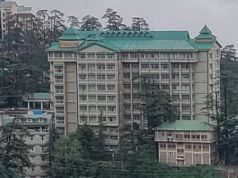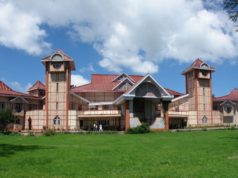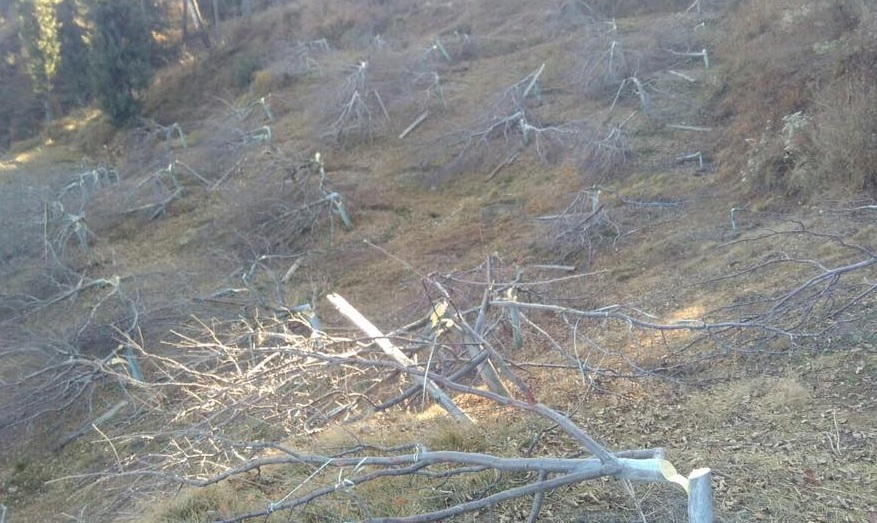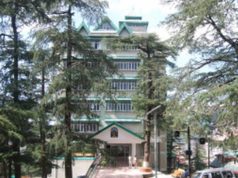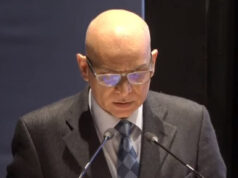Shimla — The High Court of Himachal Pradesh is currently deliberating on the legality of a contentious policy that allows for regularising illegal encroachments on government land. This policy, which permits the regularization of up to five bighas of illegally occupied land, faces legal challenges from numerous petitioners.
The division bench, comprising Justice Vivek Singh Thakur and Justice BC Negi, has issued a directive to the petitioners who have constructed buildings and fruit orchards on government land. The court has ordered encroachers to specify the type of land they have occupied within two weeks. In their affidavits, the petitioners must indicate whether the encroached land is forest land, Shamlat, or another category.
This legal battle can be traced back to a 2014 letter from petitioner Krishna Chand Sarta to the Chief Justice. Sarta reported that individuals had illegally cleared forests to build homes, farms, and fruit orchards, often with the forest department’s tacit approval, including the provision of utility connections. The court, acting on this letter, directed the forest department to reclaim the encroached forest land by removing illegal gardens. This mandate led to a campaign to cut down apple trees on such lands.
However, the campaign met resistance as encroachers filed multiple cases to delay the reclamation efforts. In response, the High Court instructed lower courts to expedite the resolution of these cases within specified timeframes. Despite repeated court orders, freeing forest land from encroachments has been a protracted process.
The issue escalated when large-scale encroachments were discovered, prompting public opposition to the government’s campaign. Consequently, the state government sought court approval to introduce a policy allowing the regularization of illegal encroachments on forest land up to five bighas. This policy, alongside the one-time plan from 2002 for regularizing encroachments, is now under judicial scrutiny.
The High Court, considering the state government’s policy, previously ordered applicants to file for regularization of their encroachments if they had not already done so. Petitioners argue that, according to the Himachal Pradesh Land Revenue Act 1954 and the state policy, they are entitled to regularize up to five bighas of occupied forest land. The policy stipulates that any regularized land, combined with the individual’s other landholdings, should not exceed ten bighas.
In a notable directive, the court has instructed illegal encroachers to voluntarily vacate any encroached land exceeding five bighas. Additionally, the court has asked petitioners to affirm that, should the policy of regularizing up to five bighas be declared illegal, they will unconditionally vacate all encroached land.
As the High Court continues to deliberate on this issue, the outcome will have significant implications for land management and forest conservation in Himachal Pradesh. The decision will potentially set a precedent for how illegal encroachments are addressed in the future, balancing the interests of landholders with the need to preserve government and forest lands.


